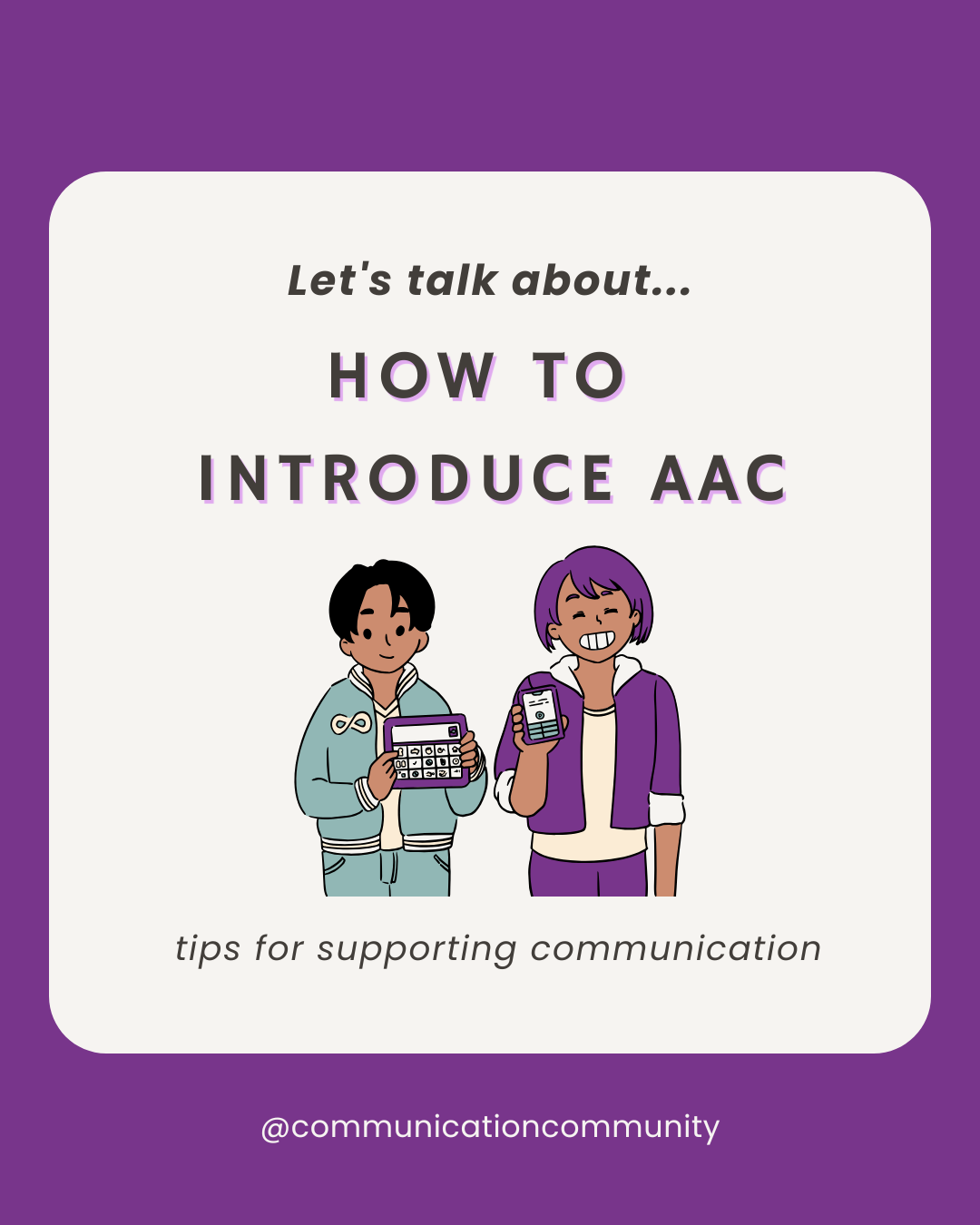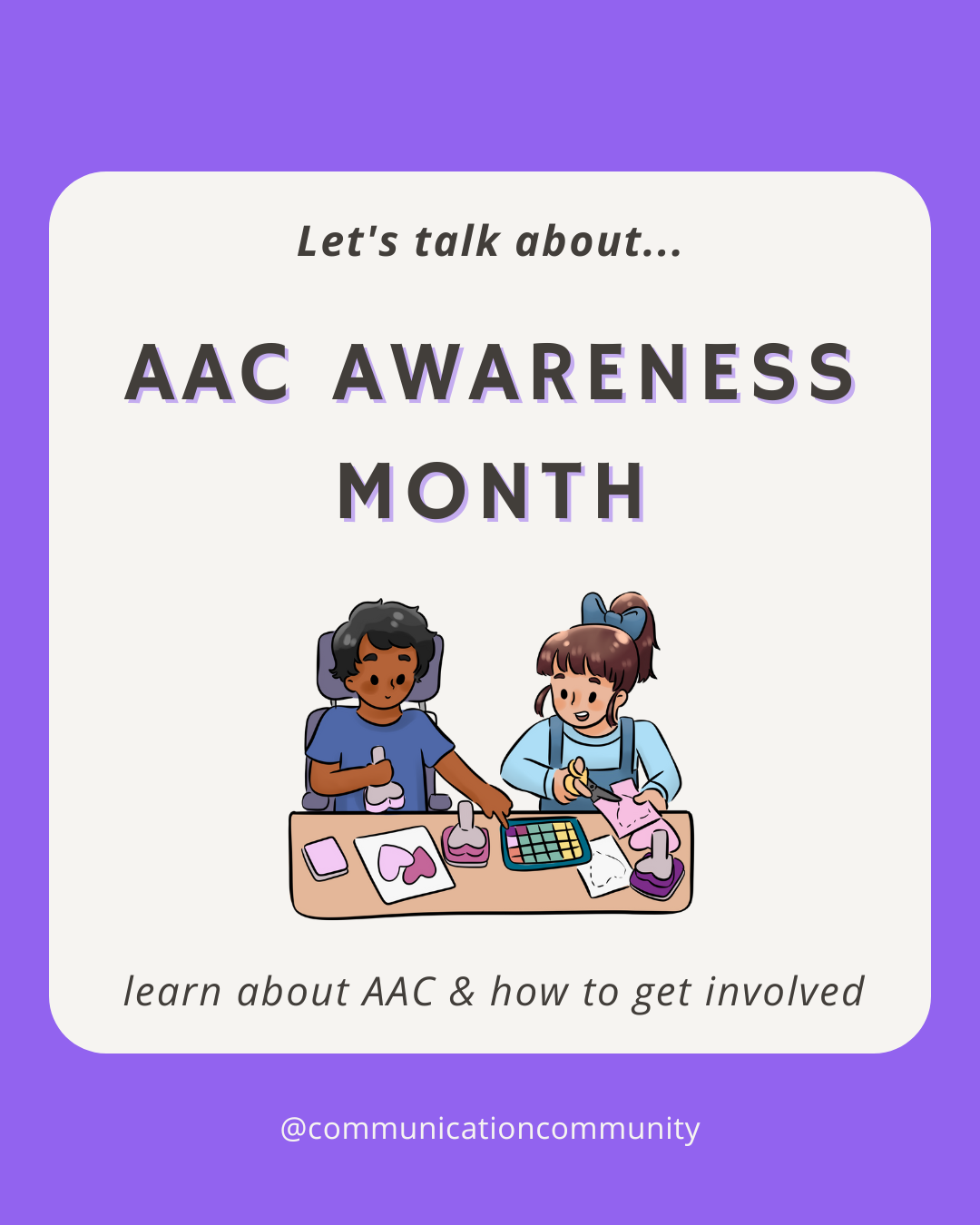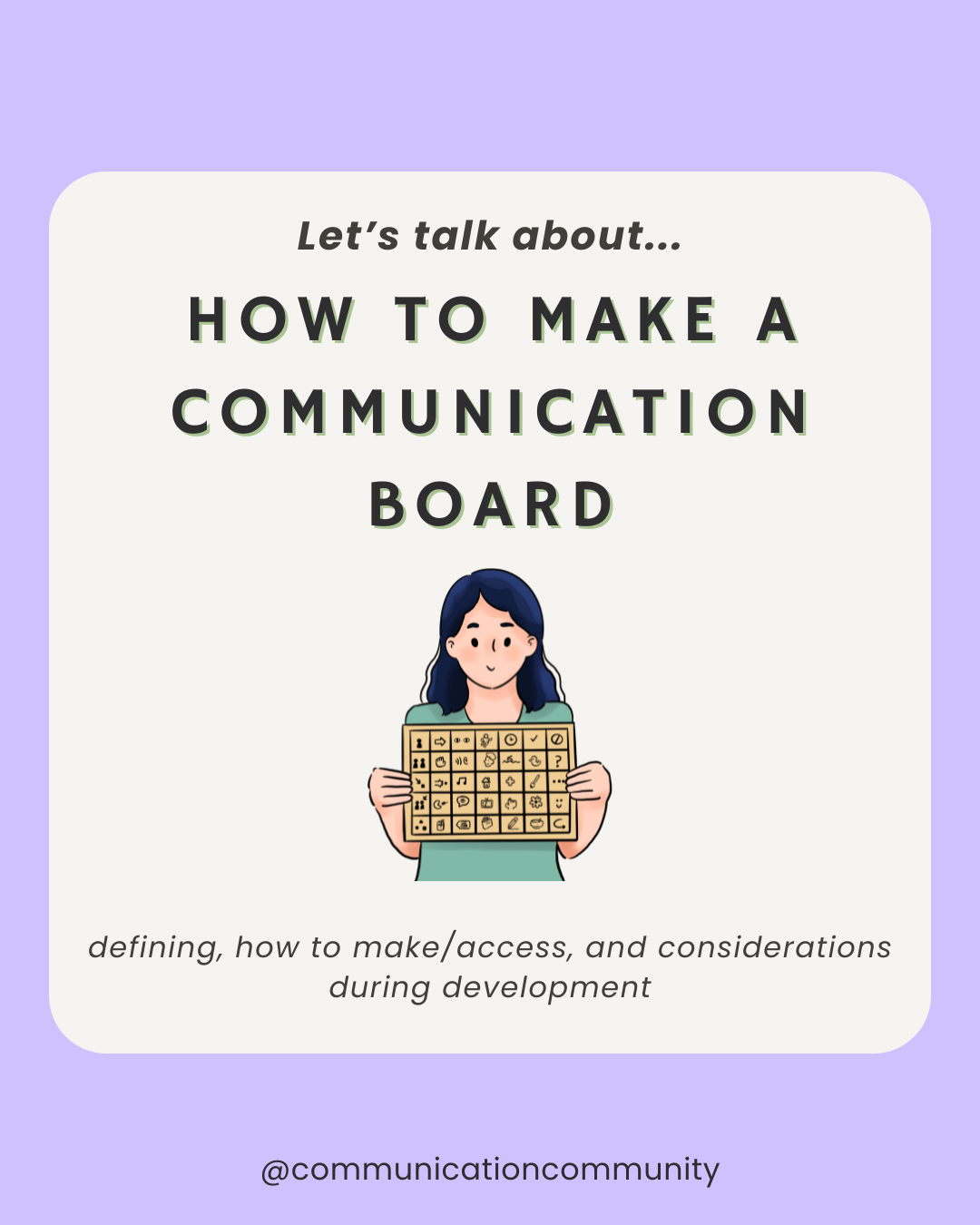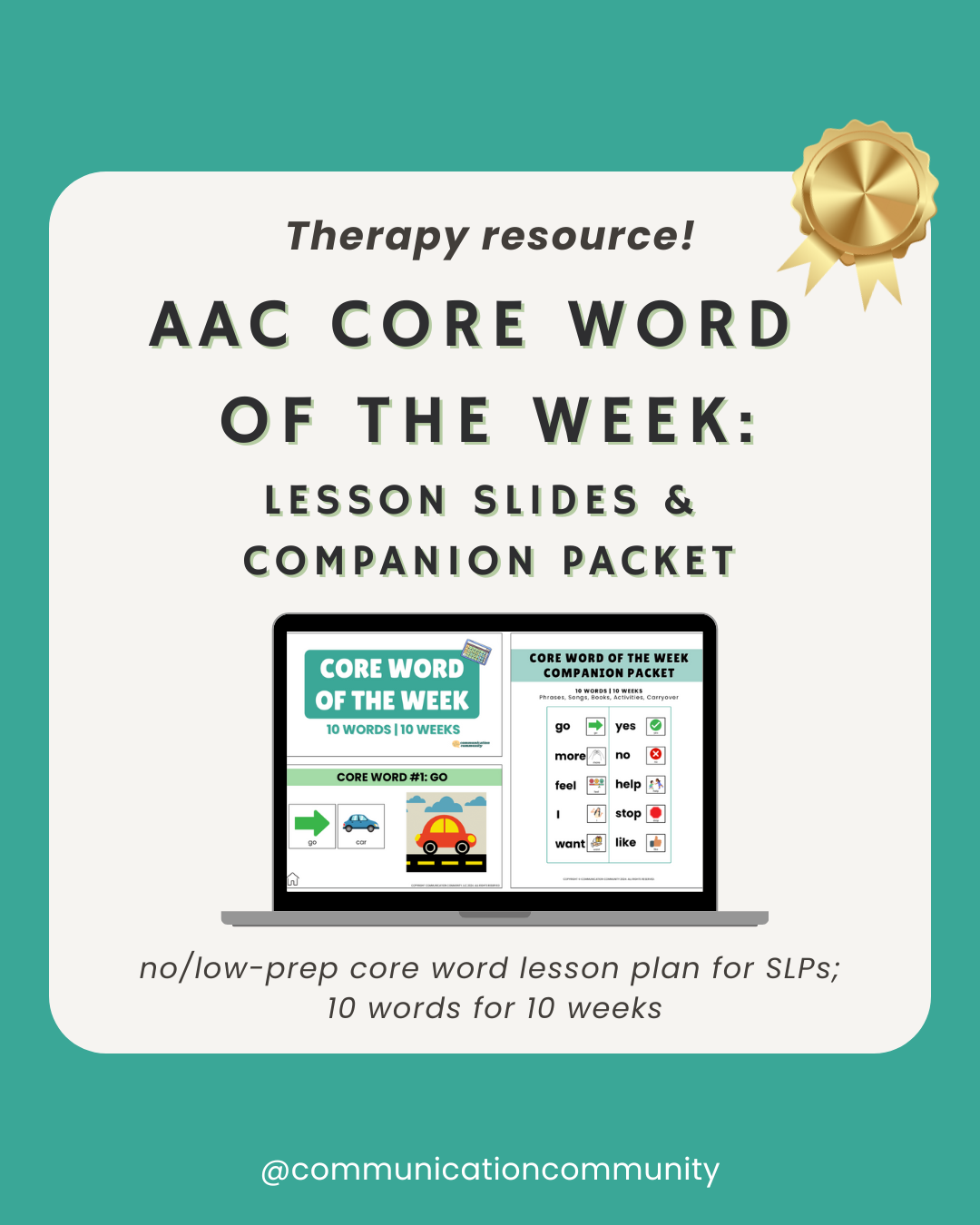What Is Operational Competency?
How many times have you gotten a new product, technological or not, and your initial excitement fades when you cannot figure out how to use it? This happened to me last week when I ordered reusable silicone bags as I try to shift away from using plastic bags. I was so excited when they were delivered, but then I could not figure out how to open them or use the accessories. Excitement turned into frustration in just a few minutes. Fortunately, I was able to look up how to use them and what the accessories were for, so I quickly developed “operational competencies” for this product.
Developing operational competencies for mid-tech and high-tech AAC devices is a little more complex than with silicone bags, but it is important not to skip over these skills when using an AAC device with an individual.
Operational competencies may vary with different individuals, and sometimes caregivers play a role in completing these operational tasks too. Additionally, some tasks, like powering a device on and off, may vary depending on the device or how it was set up. Fortunately, most devices also come with instructions for use or instructions for use can be found online. The speech-language pathologist (SLP) or other professional introducing the device should be able to instruct parents/caregivers on these operational competencies as well.
AAC Operational Competency Examples
- Charging device
- Turning device on and off
- Waking device/putting it to sleep
- Transporting device: carrying device, wearing with a shoulder strap, attaching to wheelchair mount
- Manipulating device while seated: making sure it is right side up, making sure the individual see the device
- Manipulating device while standing: helping the individual hold the device and use it while standing/walking around
- Adjusting volume
A device may have the best communication software, the best vocabulary, be tailored to the individual, but what good is it if the individual does not know how to turn it on? What if they want to use their AAC device to communicate with a teacher at school or a doctor at a medical appointment, but they do not know how to adjust the volume and their message cannot be heard? There are endless examples that highlight the importance of developing operational competencies for AAC devices.
It is important to remember that developing operational competencies are as unique as the individuals using the AAC devices. Some individuals may be able to charge their device, power it on, put on the shoulder strap, and adjust the volume appropriately without any support or prompts. Other individuals may need support to charge their device or transport it on their own due to physical and/or cognitive limitations.







